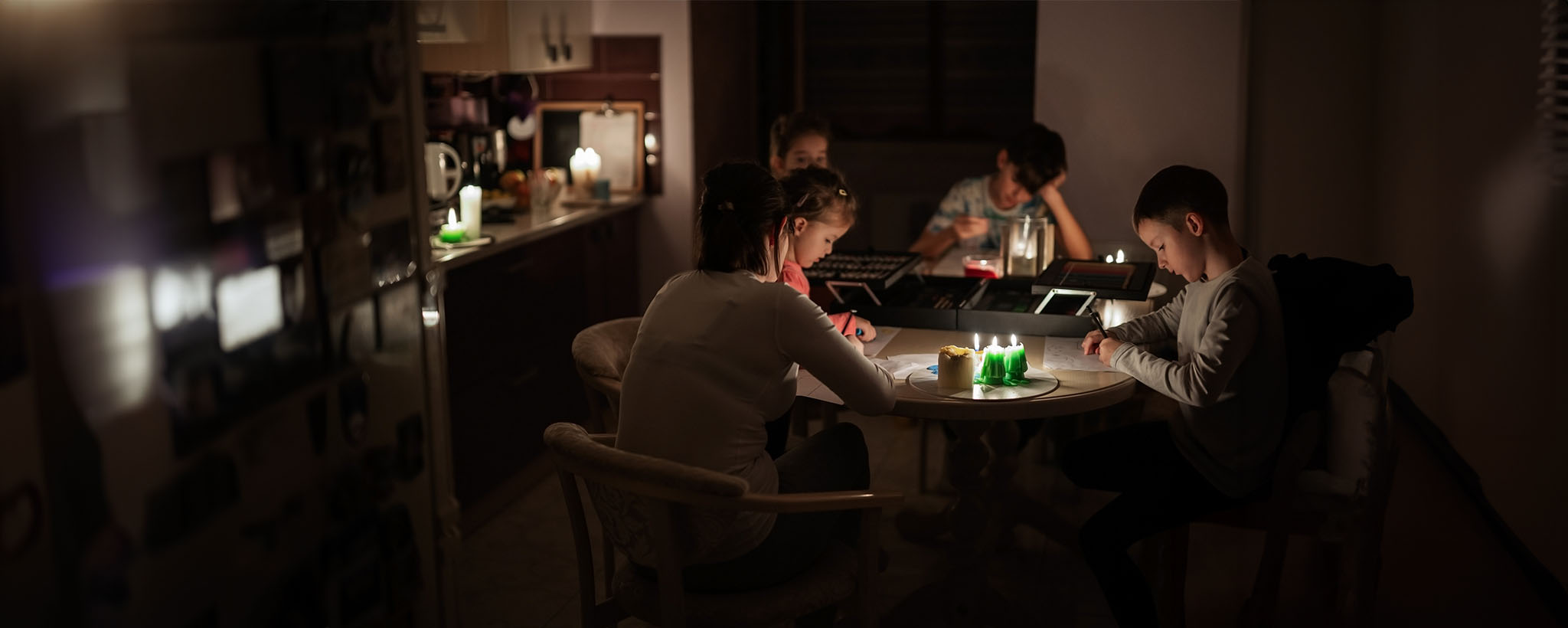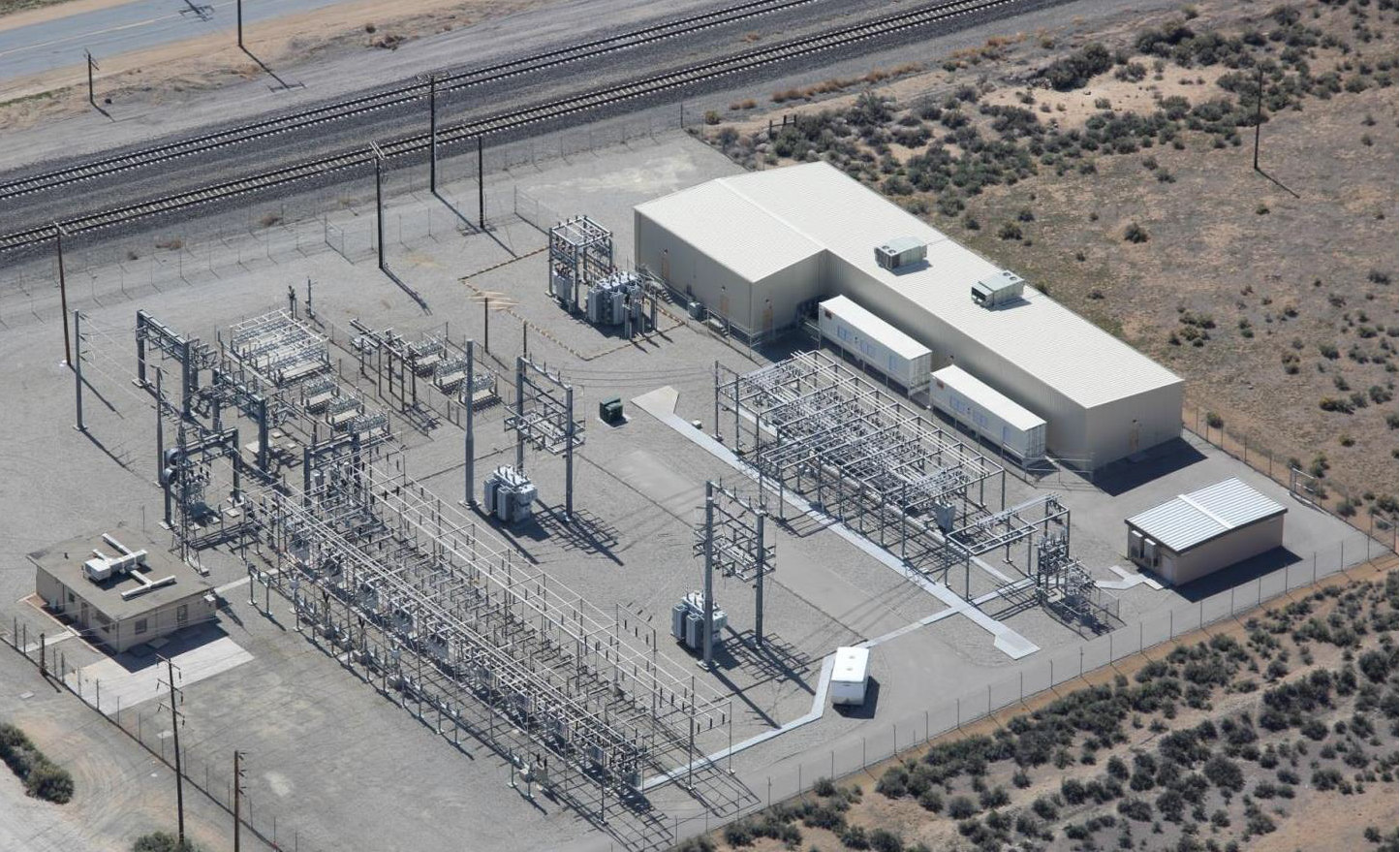
The Swiss energy transition – progress is slow
A federal dilemma for autocrats with an eye on Brussels
For years, the dream of a 2000-watt society has been haunting the Bernese administration, and with the energy crisis caused by the sanctions imposed on Russia, solar energy was proclaimed and the country's energy suppliers were advised to make rebates more attractive in order to encourage homeowners to invest.
But more photovoltaic systems alone, which, incidentally, are much more heavily regulated in Switzerland than in neighboring EU countries or elsewhere in the world, are not enough. The planning and implementation—if you want to feed surplus energy into the grid—is much more complicated than in other countries. You need three different electrical companies: one for the AC side, one for the DC side, and then a third for the acceptance test, because the power company wants to have as little to do with it as possible.
For many families, this is too much AC/DC and rock ‘n’ roll. It should be assumed that a federally certified electrician is capable of doing their job on both the direct current and alternating current sides. An additional safety factor is required. Safety can't hurt, but it puts enormous pressure on investment costs.
A brief summary
While some EU turbochargers in Bern are pushing hard for an EU grid connection and want to implement it, they are completely forgetting the basic problems of any grid infrastructure. Even in tough discussions with a confrontation of facts, concessions are only elicited with gritted teeth.
A few facts
An electricity grid must pulse/oscillate at exactly 50 hertz. Minimal deviations due to underload or overload cause problems at substations and thus lead to power outages.
The larger a grid is, the more fragile and susceptible it becomes to disruptions, which can then cause not only local but also widespread damage, resulting in the shutdown of thousands of devices/production facilities. Every power outage causes economic damage, both for the manufacturing industry and for the service sector.
The larger a grid is, the more powerless one is in the event of grid disruptions, as one has no control over the area where the disruption occurs. One is at the mercy of others and must wait until the local expert can fix the problem. It is unfortunate when this happens in Spain and inventory management is centralized in a just-in-time manner. It can easily take a day or two. Of course, there are power switches and parts of the grid can be disconnected, but even that is a process that cannot be completed in five minutes.
Factory example
1,500 skilled workers, fully robotized production and manufacturing lines, packaging machines, local ICT infrastructure with SAP connecting 80 branches:
1 hour of production/work stoppage:
- No employee value creation, only net wage costs of CHF 70,000 during this hour at the local site, loss of value creation, at least 480,000 Swiss francs.
- SAP outage for 80 branches, 65,000 employees connected, 8,000 of whom use SAP: Damage: 488,000 Swiss francs
- Plus production downtime, delivery delays, etc. for this one hour. A normal chain reaction
In short, such a company loses a good CHF 1 million in one hour of forced downtime. If things go really badly, the laser head on a metal laser cutter breaks, plus the material, or a few diamond cutters on the CNC milling machine. It would be really bad luck if a workpiece also got stuck in a table milling machine, the motor brake didn't work without power, and the employee lost a few limbs. All of this has already happened.
The federal government in Bern doesn't even think that far ahead. It's not their problem, it's force majeure. You can't insure yourself against a power outage. Only in connection with a storm disaster.
And in the event of a power outage, it's usually more than just one company that's affected, meaning the costs multiply immeasurably... The power company then tweets: Power will be back on, if at all.
In contrast to EU countries, this does not happen as often in Switzerland. But with the planned EU accession, Bilateral III, also known in legal circles as the “submission agreement,” it is not only EU law that will be adopted. There will be harmonization in all areas. This will then be reflected in service availability as well as lower wages.
Example at home

At home, a power outage can also have positive effects. The family gathers around the kitchen table in romantic candlelight and chats. On cold winter days, the warmth of the nest reduces the chill... since the heating also fails when the power goes out.
But depending on the duration and power of the appliances in the household, frozen food can thaw and, if you are on vacation, leave a small puddle that will be alive when you return. It's unfortunate if a 3D printer is still running or you have implemented a sophisticated home lab or home security system. Of course, Switzerland is still spoiled when it comes to power outages. But they have increased. With the efforts of Bilateral III and the EU electricity agreement, just look at our neighbors in France, Germany, and Italy. With a connection to the EU, the service quality of electricity availability will also be leveled down.
The dilemma with feed-in and compensation
PV systems above 15 KWp are excluded from market-based remuneration for feed-in between mid-May and mid-September from 10:30 a.m. to 2:30 p.m. in almost all cantons in central Switzerland. Remuneration during these times is set at 3 centimes or, in some cases, even lower.
Why? Because the local grid of energy suppliers, e.g., CKW, cannot cushion, sell, or even route or temporarily store the peaks in electricity produced during these times.
This fact alone renders many PV systems virtually worthless because they are unprofitable and cannot be amortized as intended. If a construction loan or mortgage is still involved, this can lead to financial disaster, even ruin, for those affected. Many farmers in central Switzerland are cursing. The simplest solution for those affected is to store the electricity themselves and supply it to surrounding properties. This will soon be done in some places. To this end, concessions have been made and the formation of cooperatives or associations for solar energy production has been simplified.
There are plenty of solutions on the market for storing electricity in the short or long term and feeding it back into the grid at a later date at a profit, and the federal government would be right to oblige energy suppliers to store surplus energy locally. Whether in batteries, thermal circulation gas works or, as China does, in sand storage facilities.
Of course, I hear the whining of the energy suppliers, despite already making billions in profits in some cases, when they have to invest in their own infrastructure again instead of just doing maintenance.
Basically, it can be summarized that neither the technical autocrats in Bern nor those at the local energy suppliers are pursuing this issue in a targeted manner. They are toying with the idea that “once we are in the EU, it will be easier for us to export and get involved in the EU electricity exchange.” No one seems to care that this puts our own billion-dollar hydroelectric power plants at risk, where just recently another billion-dollar project was completed by the construction company Marti Bau AG with elaborate tunnel construction...
The primary goal should be to secure the energy supply for Switzerland, its population, and its businesses with a healthy mix of nuclear power, thorium, hydropower, and PV solar. And in exactly that order.
Wind turbines with the classic rotor blade design are an economic lie and, at the same time, a catastrophic environmental policy. They should be discontinued, and further construction should be prohibited.
In conclusion, it can be said that Switzerland has one of the best energy supply networks in the world, built, renovated, and financed by taxpayers until it was privatized at the end of the 1990s. The people were promised that privatization would benefit consumers and that prices would not rise further. However, things turned out differently. Less than seven months after privatization, electricity tariffs were increased massively.
With privatization, the entire network infrastructure, financed by taxpayers, cantons, and the federal government, was valued at “replacement value” (Swiss Grid/Axpo) and, based on these costs, electricity prices for a network that had already been amortized several times were increased so that it could soon be amortized again—albeit only fictitiously. In short, as so often, the people were thoroughly screwed.
How do other countries do it?

They use battery clusters in substations, where a relatively large amount of decentralized photovoltaic electricity flows back into the grid, to stabilize and bridge the grid. If the privatized electricity industry can't get its act together, we should immediately consider renationalization, i.e., back to the future. At least for consumers, it would be a tried-and-tested and cheaper approach than where we are today.
Price development market vs. price development end consumers Price
Regardless of the technology used to generate electricity, the prices of components alone fell by an average of 30% between 2022 and 2025, regardless of whether they were produced by ABB or in China.
In contrast, consumer prices have risen. This could also be called deliberate skimming, which in the medium term will lead to the impoverishment of the middle class, or rather its disappearance, and deindustrialization.
At the same time, a member of the board of directors earns an average of between CHF 200,000 and CHF 250,000 for 4–5 meetings a year at one of the local energy suppliers, often even more, and the salaries of management and executives are also more than princely. Of course, some of this can be justified by the level of responsibility and skill set, at least in the case of management.
I cannot conclusively judge whether this is clever from a market economy perspective or rather an unhealthy development. However, when billions in profits are skimmed off the back of a network infrastructure that was previously state-owned and built by taxpayers after its privatization, I believe we need to take a closer look at the books.
Example: PV panel Renowned manufacturer of identical external dimensions produced in China with factory price and transport costs for at least 4 40-foot containers, import and customs costs (10,000 panels), net price for distributors (no storage costs, risk or margin, pure costs without procurement and disposition)
| Year | Length (mm) | Width (mm) | Thickness (mm) | Gross Wp | Net power | Factory | Import & customs |
|---|---|---|---|---|---|---|---|
| 2022 | 2278 | 1134 | 35 | 560W | 500W | 118 USD | 175.93 USD |
| 2025 | 2278 | 1134 | 35 | 720W | 670W | 68 USD | 121.20 USD |
With more power at the same time, both factory prices and transport costs – despite the complicating factor of the wars in the Middle East – have fallen in terms of pure production and import costs. The same applies to ABB-related products that are used for high-power current, which is DC and then converted locally into alternating current (AC). (Tesla sends its regards). Prices for lithium batteries have also fallen massively.
Things will get really exciting when the new salt-based sodium batteries from the Chinese company CATL come onto the market for commercial energy storage systems (2026), which are 100 times cheaper to produce, solve the problem of being classified as "UN dangerous goods. 36841" and make storage significantly cheaper, are non-flammable, and, above all, perform well even at sub-zero temperatures.
Chinese car manufacturers Honki and BYOD, to name just two, are already installing these in their current 2025 production, which enables them to bring a mid-range car onto the market for a retail price of CHF 8,700, which has a range of 1,100 km per charge. I recently rode in one of these Honki cars myself and had to admit that the build quality alone is world class. Sooner or later, this will lead to German/European car manufacturers disappearing from the market, because even the new luxury cars from China and Russia offer a lot more for much less money. Whether electric or gasoline-powered.
In short, electricity is purely a margin business based on supply and demand. Although the Swiss electorate rejected the EMG around 23 years ago, the electricity suppliers, most of whose cantons are the owners of today's corporations, have nevertheless joined the European electricity exchange. And they have been trading briskly on the stock exchange ever since.
Of course, it can't be right that in Germany you get 23 euro cents for a kilowatt of electricity, but in Switzerland only 9 centimes... Before privatization, it was around 3 centimes per kilowatt. How stark the differences are. And one might ask whether voting is really still worthwhile today.
Worth reading: https://al-zh.ch/blog/2022/09/von-der-enron-pleite-zum-axpo-debakel/
Instead of joining in with the damp autocratic dreams in Brussels, it would be desirable to stabilize the existing networks, allow innovative alternative energies such as wind turbine generators to be installed on roofs by law, and, as is done in Scandinavia, China, and Russia, to use thorium power plants to serve consumer peaks in a decentralized manner and to employ storage solutions that the electricity operator must provide in order to store peaks from energy generation instead of destroying them, and to do so at the national level. It would be more sustainable than running diesel emergency power generators in cantonal hospitals, as was the case between 2022 and 2023, to serve local consumer peaks in the grid.
In Germany, there is currently a discussion, or rather a bill has already been drafted, that solar PV operators who have more than 10 KWp on their roofs must pay tax on the system as a tangible asset and any feed-in remuneration. This, in turn, borders on political fraud, but thankfully Robert Habeck is now gone.
Those who could afford it have installed between 12 and 26 kWp on their roofs over the last three years in order to achieve either the highest possible level of self-sufficiency or a faster return on investment through feed-in. One could say with a smile that citizens have been called upon to “share the burden” as a result of a disastrous energy policy (in Germany).
![]()
PS: Did you know that many countries in the EU, starting with Poland, have a Power Outage Tracker app? Because in many European countries, the power goes out regularly. Sometimes for only 90 minutes, sometimes for a few hours. In regions of the US and in non-EFTA countries, there is at least one power outage per week... In Poland, it's several times a month.
‘About Thorium’
Thorium reactors are the smaller and more modern form of nuclear power plants. These power plants use spent fuel rods from nuclear reactors and reduce the residual radiation from several hundred thousand years to a few thousand years with significantly lower radiation levels.
This also facilitates the much-discussed final storage, and if a country completes the full cycle from nuclear power plant to thorium, not only is energy efficiency higher, but the radiation risk is lower in final storage.
Radioactive remains radioactive, but at significantly lower levels. Countries such as Denmark, China, and Russia already have their first thorium reactors in operation.


